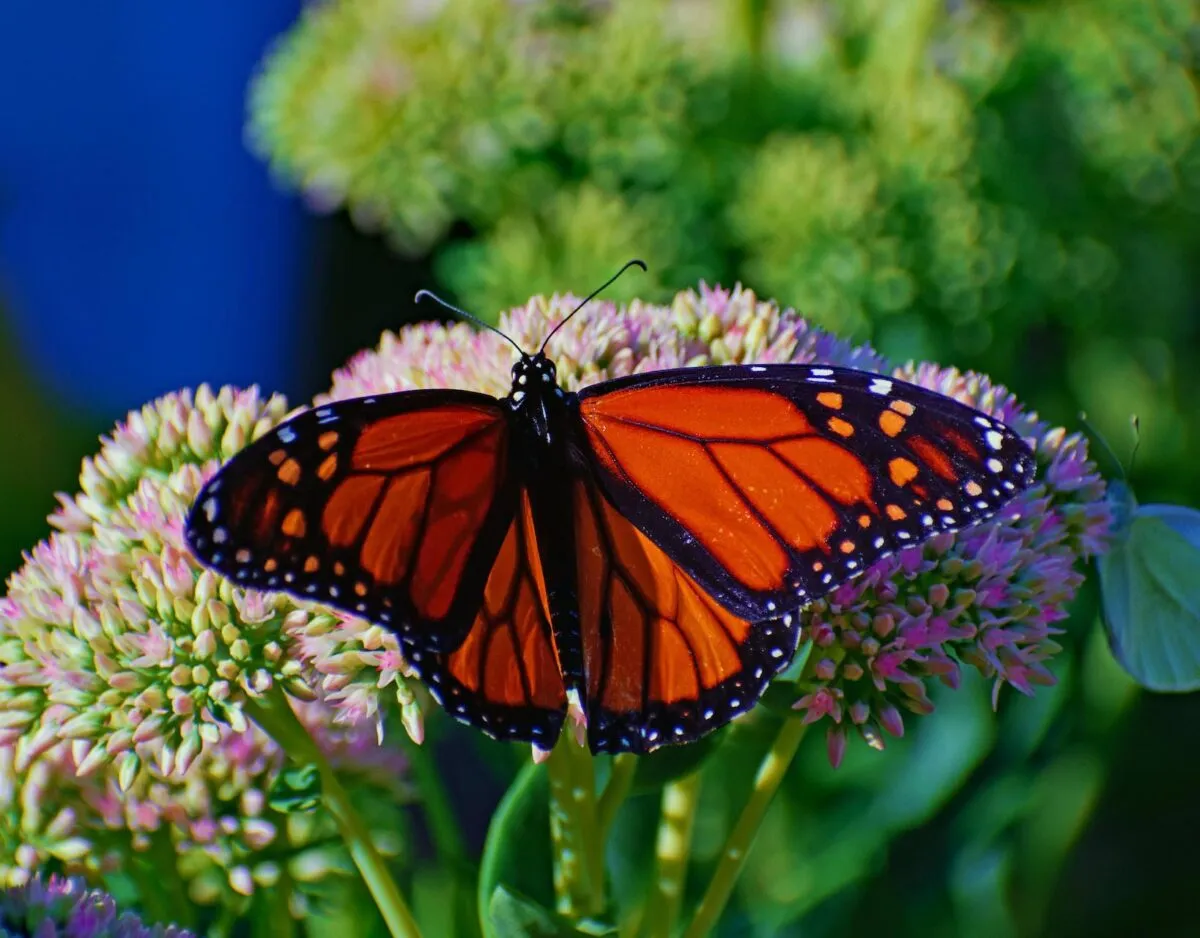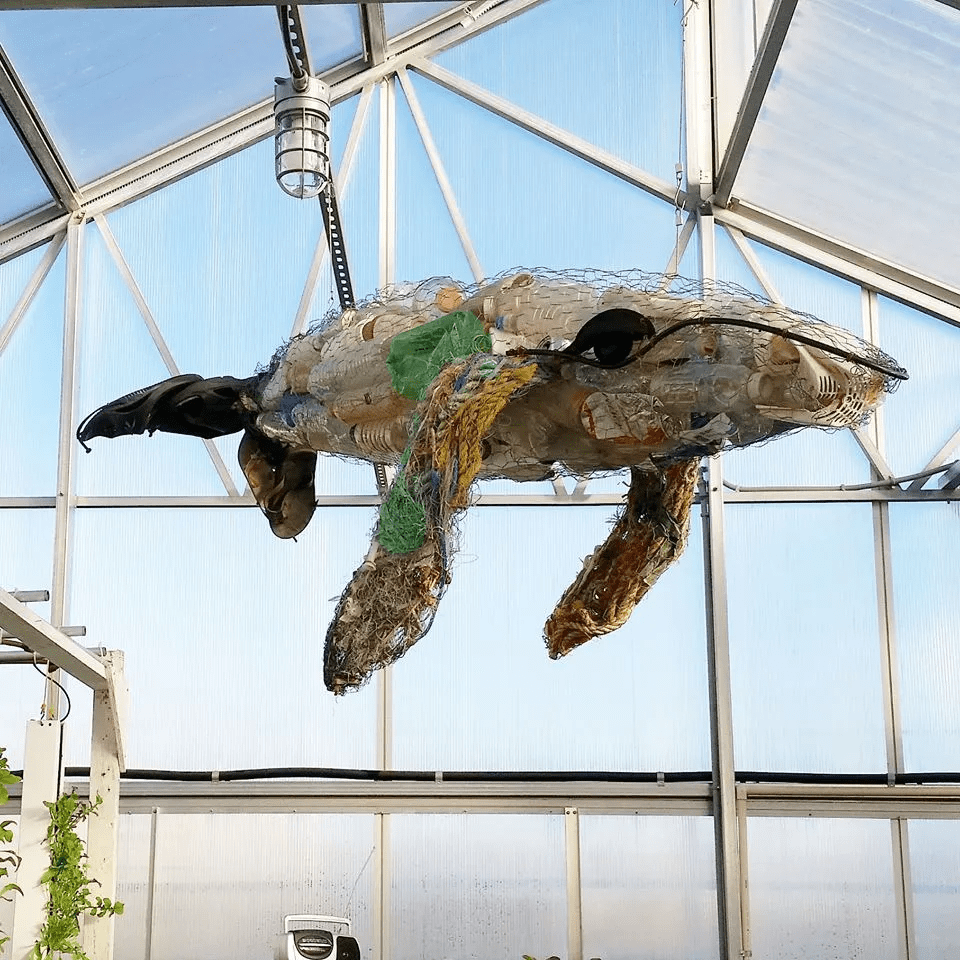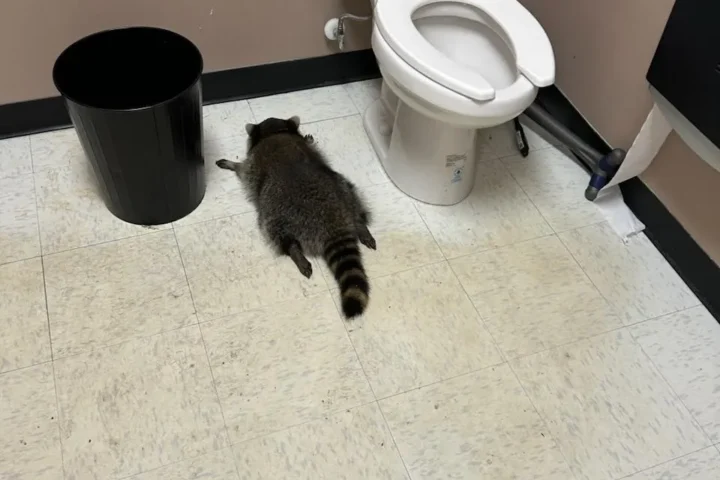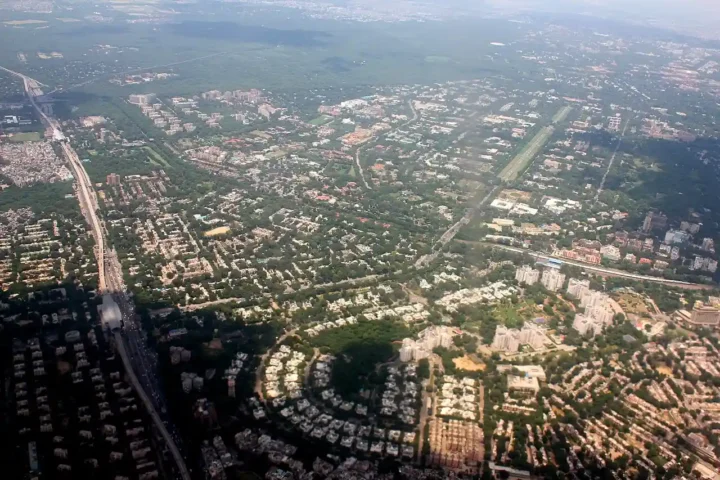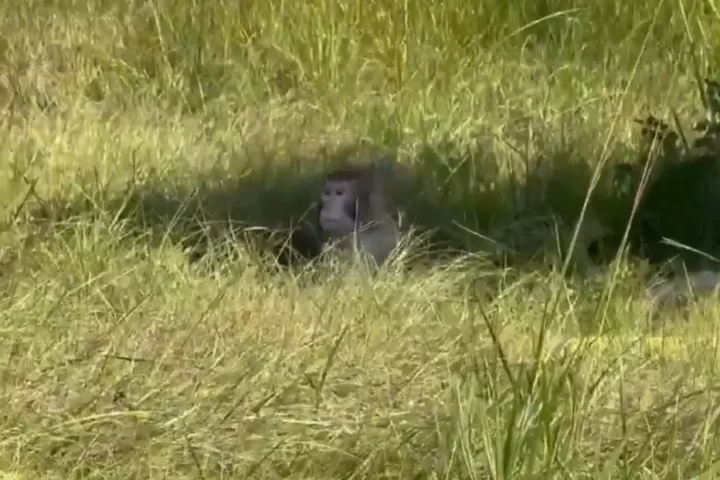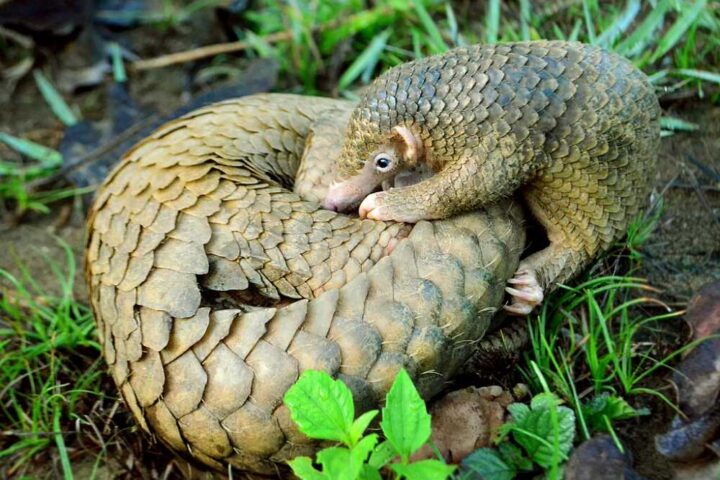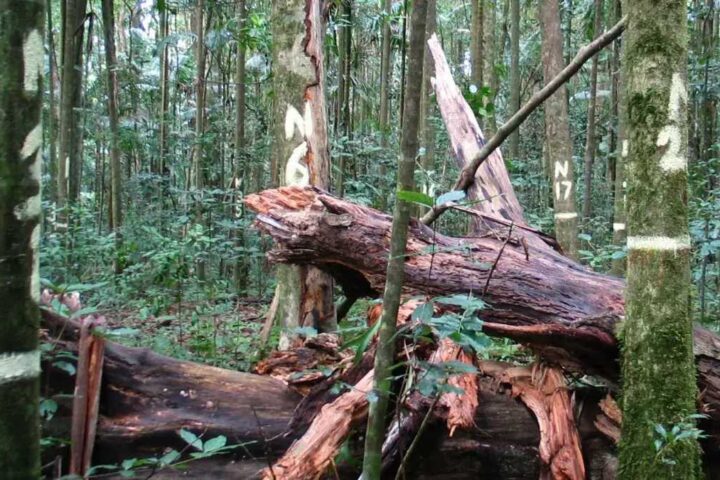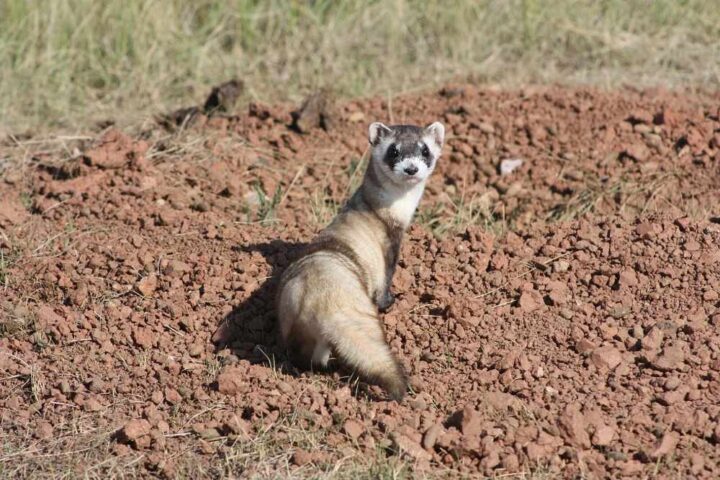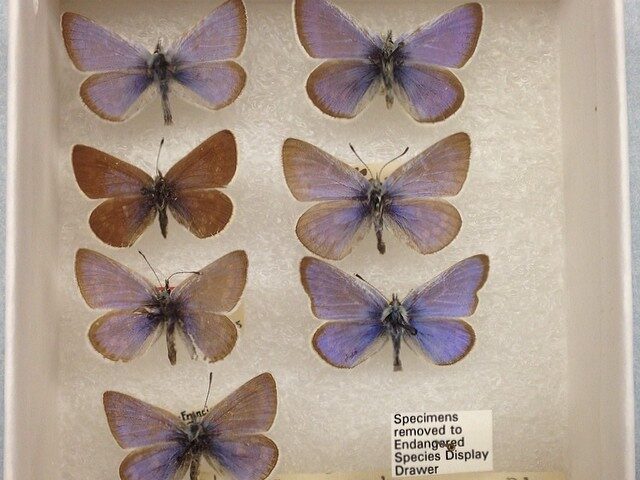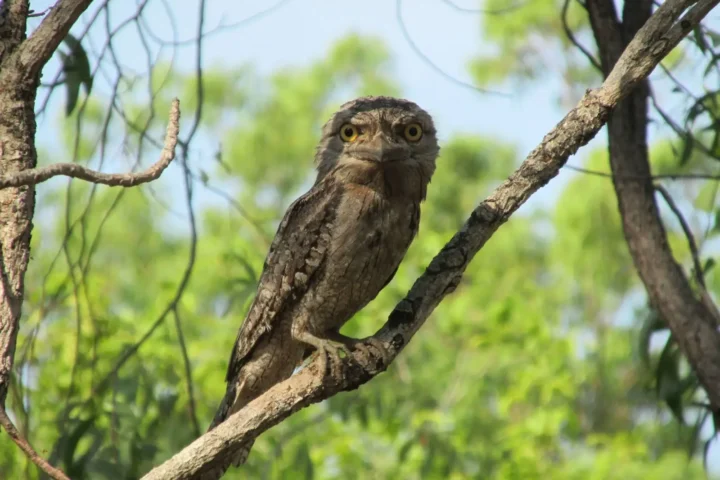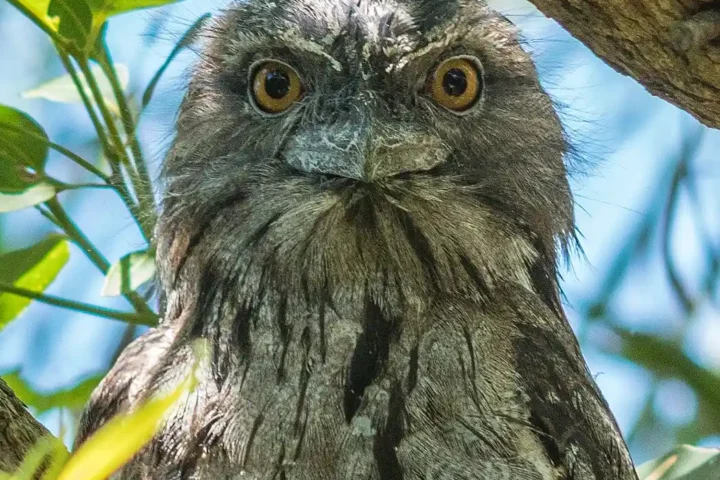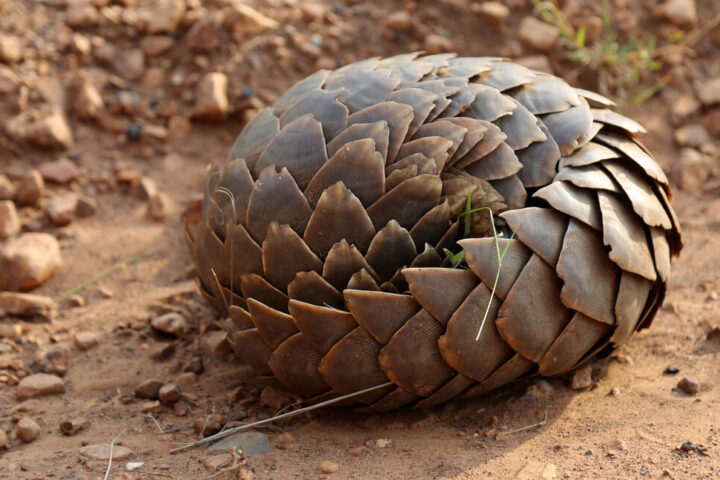Monarch Butterfly A.K.A Danaus plexippus, a beautiful tiny creature, is at the extinction threshold. The migratory monarch butterfly known for its spectacular annual journey of up to 4,000 km across the Americas, has entered the IUCN Red List of Threatened Species as Endangered. Threatened by habitat destruction & climate change, all the surviving sturgeon species-also migratory, found across the Northern Hemisphere-are now at risk of extinction due to dams & poaching pushing the world’s most critically endangered group of animals yet closer to the brink.
The IUCN list now includes 147,517 species of which 41,459 are threatened with extinction. The latest Red List update highlights the fragility of nature’s wonders such as the unique spectacle of monarch butterflies pollinating while migrating across thousands of Kms. According to Bruno Oberle, IUCN Director General, to preserve the rich diversity of nature, we need effective, fairly governed, protected & conserved areas alongside decisive action to tackle climate change & restore ecosystems. In turn, conserving biodiversity supports requires the provision of essential services & sustainable jobs.
The endangered migratory monarch butterflies (EMMB) are a subspecies of monarch butterflies. The native population is known for its migration from México & California in the winter to summer. Breeding grounds throughout the U S and Canada have shrunk by between 22% & 72 % over the last decade. Legal & illegal logging and deforestation to make space for agriculture & urban development has already destroyed substantial areas of the Butterflies winter shelter in Mexico & California. Adding to the problem, pesticides and herbicides used in intensive agriculture across the range kill butterflies & milkweed, the host plant that the leaves of the monarch butterfly feed on.
Climate change has significantly impacted the migratory monarch butterflies and is a fast-growing threat; drought limits the growth of milkweed and increases the frequency of catastrophic wildfires, temperature extremes trigger earlier migrations before milkweed is available, while severe weather also has fatal effects on millions of butterflies.
The western population is at the most significant risk of extinction, having declined by an estimated 99.9% from as many as 10 million to 1,914 butterflies between the 1980s & 2021. The large eastern population also shrunk from 1996 to 2014. Concern remains as to whether enough butterflies survive to maintain the population and prevent extinction. It is difficult to watch monarch butterflies & their great migration reach the edge of collapse, but there are signs of hope. So many people and organizations have come together to protect this butterfly & its habitats. From planting native milkweed & reducing pesticide use to supporting the protection of wintering sites contributing to community science.
Strong determination and timely action by individuals, NGOs, and the UN can prevent the extinction of this beautiful species which is an eternal source of delight and inspiration for young & old, rich & poor.
